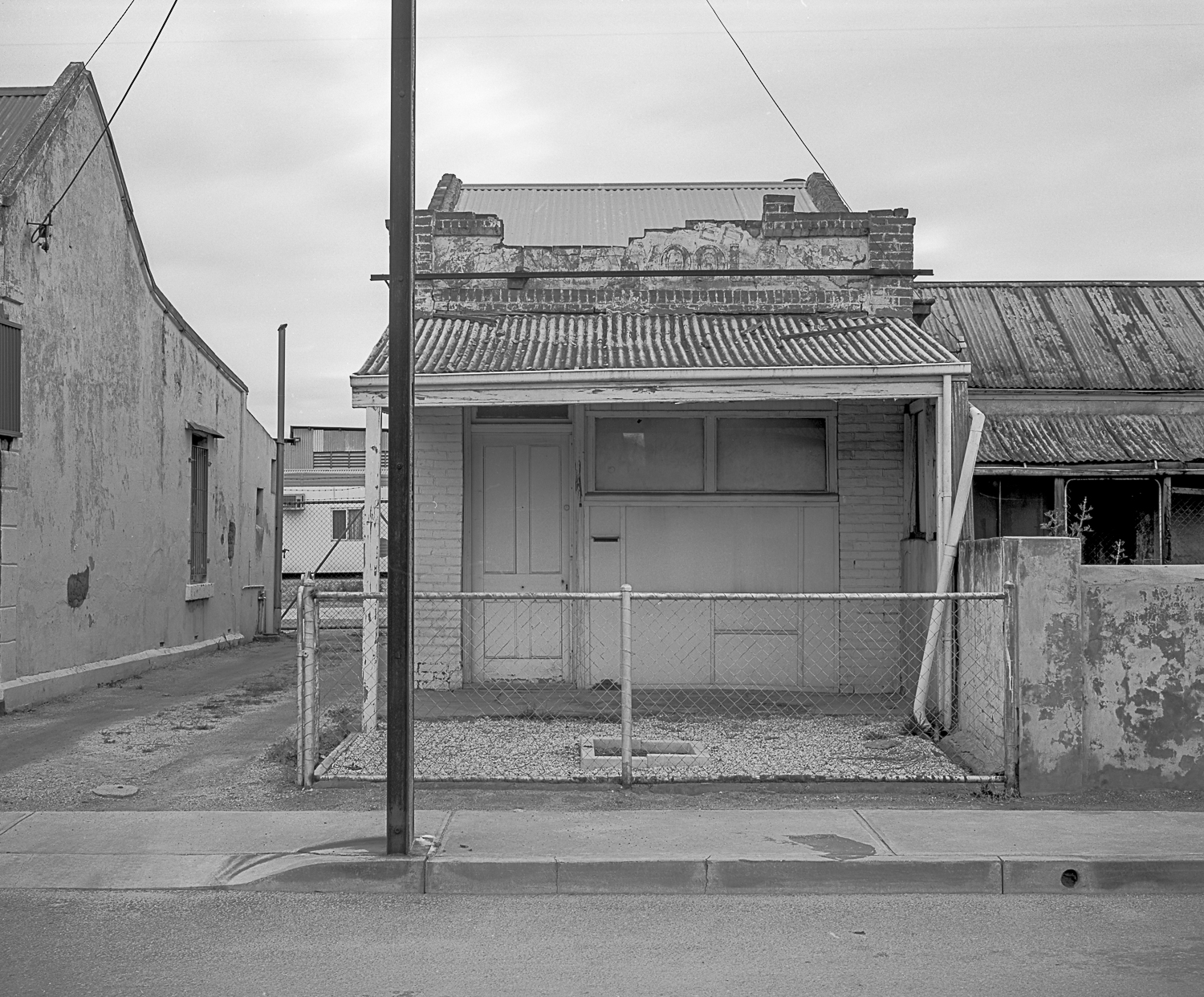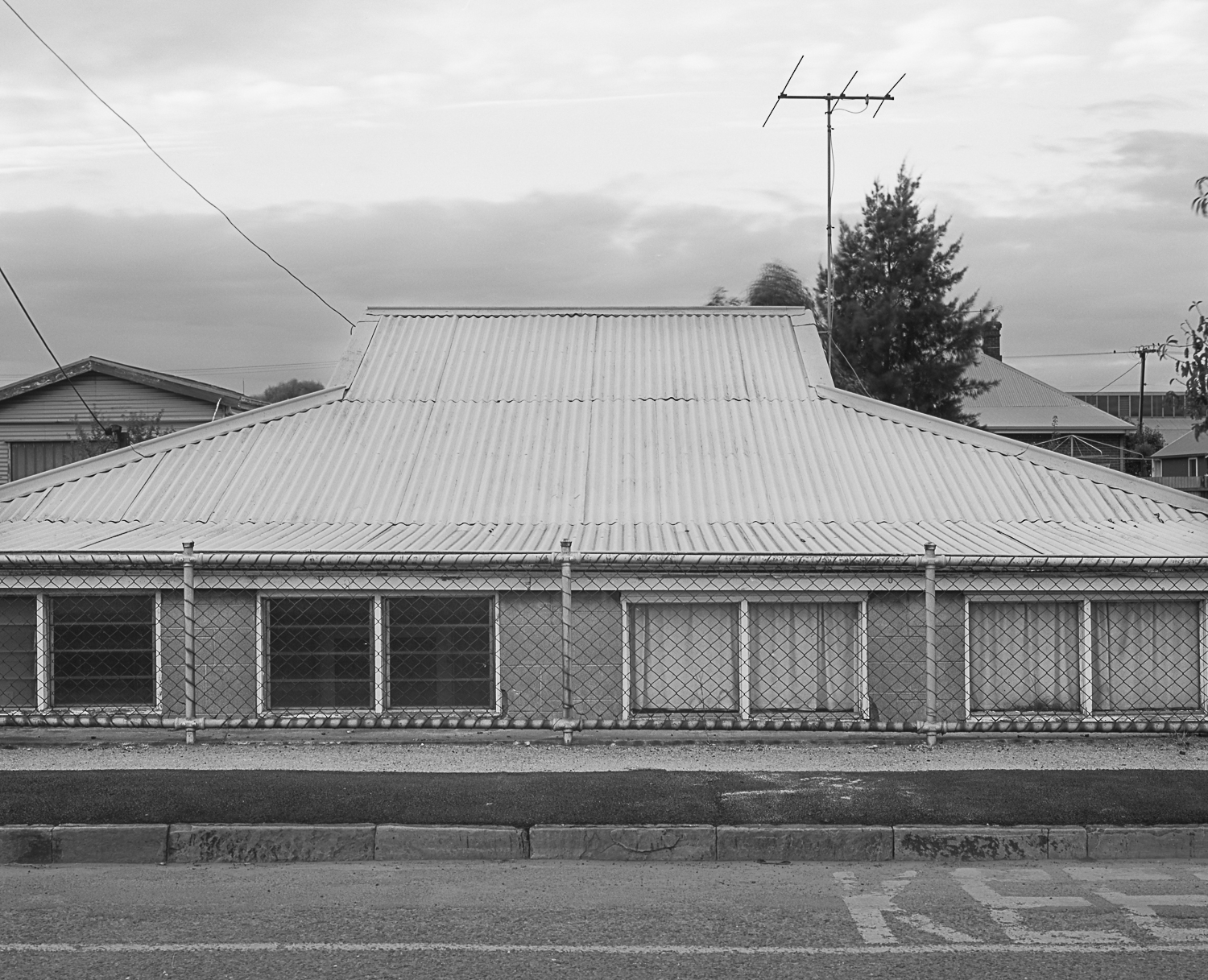The residential architecture in industrial Bowden prior to its recent gentrification consisted of cheaply built working class cottages. They were dark inside, full of salt damp during the winter and hothouses in the summer. This housing had no insulation and there were few street trees tom provide some shade from the summer heat. Bowden baked during Adelaide’s long hot summer.

In the 1980s these cottages were situated amongst plastics factory, three foundries, building companies that specialised in building panels, warehouses, and delis. The suburb was dumpy and dingy, the foundries were a very dirty, polluting industry, and a lot of the land in Brompton was contaminated.
A toxic cocktail of chemicals had been dumped into an old pughole under the houses. Pugholes were dug for clay to build bricks, and then filled with rubbish from companies in the area. The toxic cocktail spreads where there’s groundwater.This was all known in the 1960s but nothing was done. A more liveable urban area for residents was not on the local or state government’s agenda.The Hindmarsh Council was primarily interested in supporting business and industry, not the residents.

The battle between residents and industry over the demolition of housing for industrial expansion eased in the mid-1980s with saving six cottages in Trembath St, having them renovated for residents, new low income housing, and the emergence of cooperative housing with the Hindmarsh Housing co-operative.
The latter was initially set up to provide housing for peopler at risk of losing houses to industrial development. They were able to buy land to stop further industry expansion, start to green the area and develop housing for people who wanted to live co-operatively.
The emphasis on community was strong during both the political activism in the early 1980s which saved Bowden-Brompton from becoming an industrial park, the development of the housing co-operatives, and the urban renewal that reduced the industrial traffic and allowed people to walk the streets again. This was an urban renewal that involved the rebuilding and strengthening off the local community.
Leave a Reply